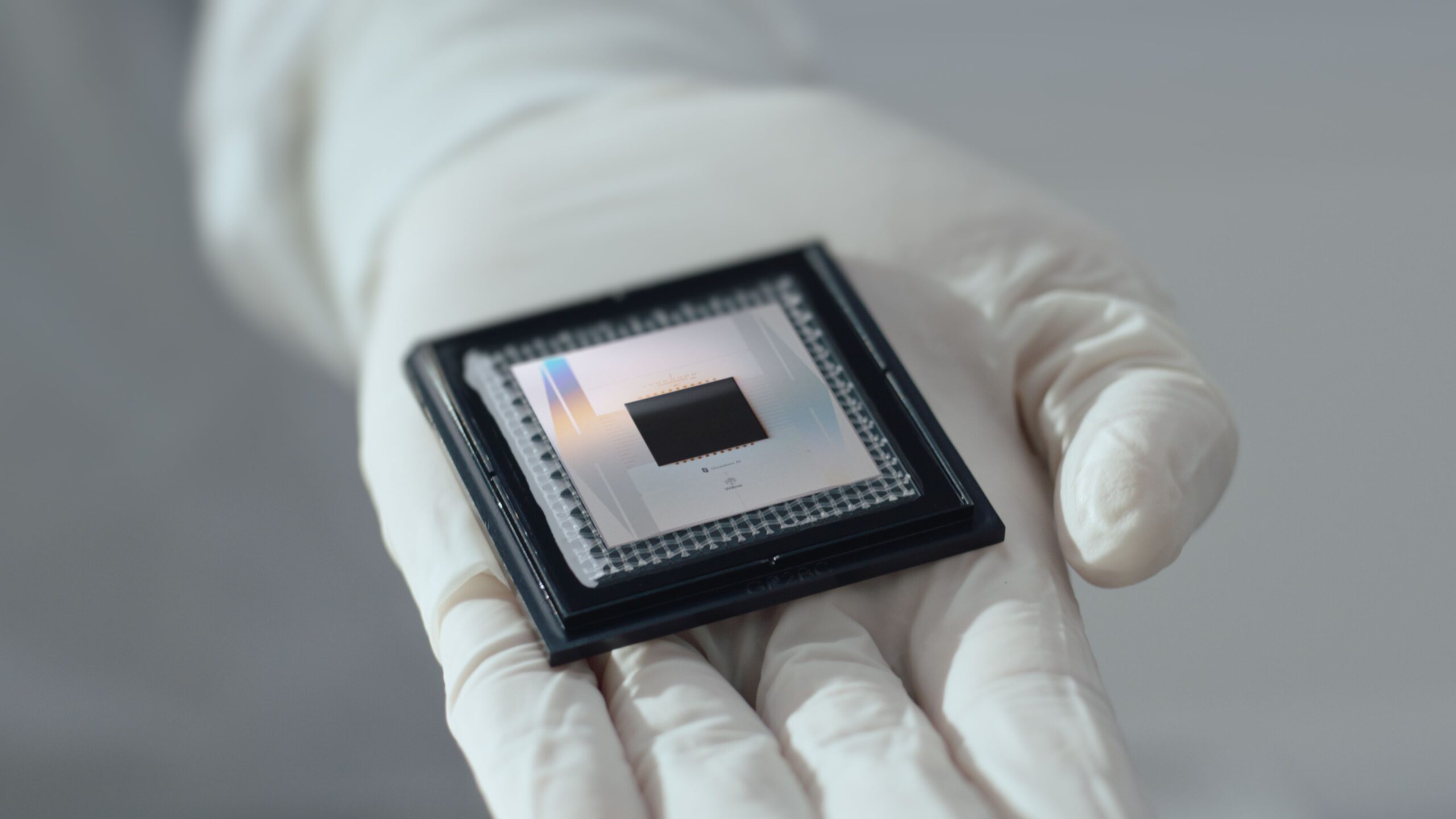Faster medical breakthroughs? More efficient and personalized healthcare? Better, sturdier manufacturing materials? All of these futuristic innovations may now be possible soon enough with Google’s latest quantum breakthrough.

Google Quantum AI announced today a major development that brings the world one huge step closer to truly life-changing quantum technology, as researchers have successfully run a new, complex algorithm—nicknamed Quantum Echoes—on the Google Willow quantum chip at a speed no supercomputer in the world can match.
Simply put, this algorithm completed a computational task 13,000 times faster than the best classical supercomputer could have. This achievement marks the world’s first-ever demonstration of a verifiable quantum advantage on real hardware for a practical problem, meaning the results are solid and can be independently confirmed.
Potential life-changing impact: From MRI scans to new cures
But what does it all mean, and what can a 13,000x faster supercomputer really do for us? The answer is simple: a better understanding of the world around us, right down to the atomic level, which has near-limitless uses especially in medicine.
The Quantum Echoes algorithm focuses on explaining the complex interactions between atoms in real-world molecules. This science is directly tied to a technology you already know: Nuclear Magnetic Resonance (NMR), which is the underlying physics for MRI (Magnetic Resonance Imaging) in hospitals.
Today, chemists and doctors rely on NMR to understand complex molecules, but they are limited by the power of classical computers. By unlocking the ability to simulate and predict these atomic behaviors thousands of times faster, Google’s breakthrough sets the stage for massive real-world leaps:
- Faster Drug Discovery: Researchers will be able to design and test new drug compounds on a quantum computer, predicting their effectiveness and side effects much faster than current laboratory methods allow.
- Next-Generation Materials: Imagine designing a better battery material or a lighter, stronger airplane alloy—molecule by molecule. Quantum computing accelerates this design process dramatically.
- Personalized Healthcare: Deeper, faster molecular analysis could help tailor treatments to an individual’s unique biology.
How does it work?
Here’s a simple way of understanding how the algorithm works.
Think of a molecule as a delicate bell. Classical computers struggle to calculate all the subtle rings, harmonics, and complex ways those rings interact. The Willow chip, with its 105 superconducting qubits, is designed to handle this complexity.
The Quantum Echoes algorithm works by applying a complex set of operations and then running them in reverse—like reversing time on the quantum chip—to amplify and measure a tiny, critical signal. This allows researchers to find clear, verifiable information hidden within the chaotic behavior of the quantum system.
This breakthrough confirms the power of the Willow chip and strengthens the path toward building a large-scale, fault-tolerant quantum computer, with a goal of achieving useful real-world applications within five years.
About Google Quantum AI
Google Quantum AI is committed to building a useful, error-corrected quantum computer to help solve some of the world’s most pressing and otherwise unsolvable problems.





Average Rating